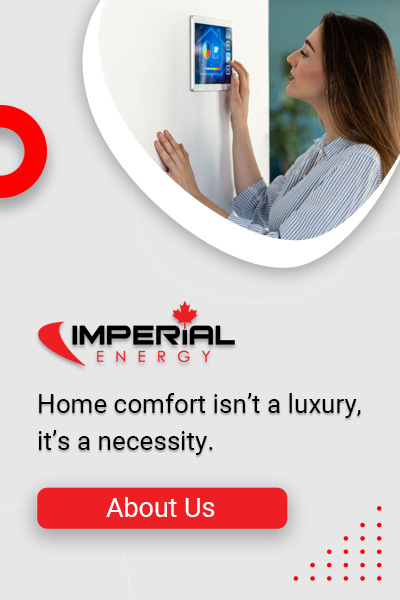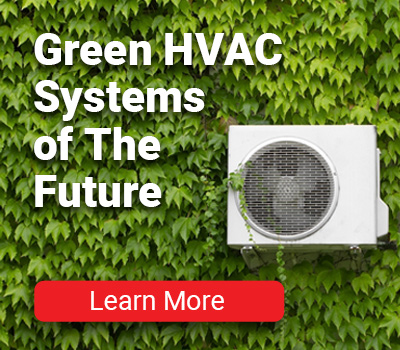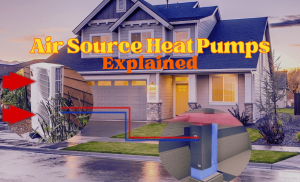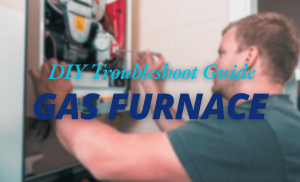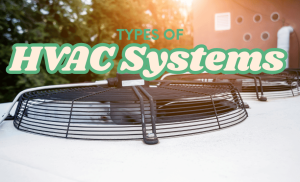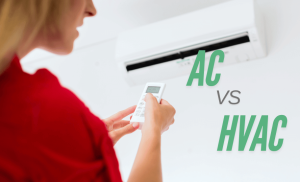If you’ve ever wondered what HVAC stands for or how it works, you’re not alone. Many people hear the term but aren’t quite sure what it means or what role it plays in their everyday lives. In this beginner’s guide, we’ll break down HVAC, explain how it works, and help you understand why it’s so important in maintaining a comfortable, energy-efficient home.
What is HVAC?

HVAC stands for Heating, Ventilation, and Air Conditioning. It’s a system that regulates the temperature, humidity, and air quality of indoor environments—essentially creating a comfortable living or working space.
The primary functions of an HVAC system are:
- Heating: Warming up your space during cold weather.
- Ventilation: Circulating and filtering air to remove contaminants and control humidity.
- Air Conditioning: Cooling down the space during warm weather.
HVAC systems can be found in homes, offices, factories, and virtually any other enclosed structure that requires temperature and air quality control. With modern technology, these systems can be highly energy-efficient, making your home or workplace not only comfortable but also cost-effective.
How Does HVAC Work?
An HVAC system comprises multiple components that work together to control the environment inside a building. Let’s break down the major parts of an HVAC system:
1. Heating Components
Most homes rely on a furnace or heat pump to provide heating. Here’s how they work:
- Furnace: A furnace typically runs on natural gas, propane, or electricity and heats air which is then distributed throughout the home via ducts. The furnace uses a heat exchanger to warm the air, and a blower fan circulates that air through the ducts.
- Heat Pump: A heat pump is a more energy-efficient solution that both heats and cools a home. During the colder months, a heat pump extracts heat from the outside air and transfers it indoors. During warmer months, it reverses the process, removing heat from the home.
2. Cooling Components
When it comes to cooling, air conditioners and heat pumps are commonly used. These systems use refrigerants to cool the air, and they work in a cycle of compressing and expanding gas to remove heat from the indoor air.
- Air Conditioner: An air conditioner has an outdoor unit that contains a condenser coil and compressor, and an indoor unit that houses the evaporator coil. The refrigerant in the system absorbs heat from inside the home, which is then expelled outdoors.
- Heat Pump (Again): As mentioned earlier, heat pumps double as cooling systems in the summer, making them a versatile choice for homeowners.
3. Ventilation Components
Good ventilation ensures fresh air enters a space while removing stale air, odors, smoke, moisture, and other pollutants. Ventilation can be natural (opening windows and doors) or mechanical (through the HVAC system).
- Air Filters: HVAC systems have filters to trap dust, pollen, and other contaminants, improving the air quality inside your home.
- Ductwork: The ducts in your home distribute warm or cool air to different rooms. They are a critical part of the HVAC system, ensuring the air is transported efficiently.
- Exhaust Vents: These help remove excess heat, moisture, or contaminants, especially in areas like bathrooms and kitchens.
4. Thermostat
The thermostat is the control center of your HVAC system. It allows you to set your desired temperature, and it communicates with the system to turn heating or cooling on or off to maintain that temperature.
Modern thermostats can be programmable or smart, offering features like scheduling, remote control via smartphones, and energy usage tracking to help optimize comfort and efficiency.
Types of HVAC Systems
There are several types of HVAC systems, each designed for different types of buildings and needs. Here are a few common options:
- Split System: The most common type of HVAC system, with separate units for heating and cooling. The heating unit is typically located indoors (a furnace), while the cooling unit (an air conditioner) is outdoors.
- Ductless Mini-Split: As the name suggests, this system doesn’t require ductwork. It’s ideal for homes without ducts or for added rooms. A ductless mini-split system consists of an outdoor unit and one or more indoor units that cool or heat individual rooms.
- Packaged System: In a packaged system, all components (heating, cooling, and air handling) are housed in a single unit, usually installed outside the home or on the roof.
- Geothermal System: This eco-friendly option uses the earth’s natural heat to warm or cool a home. While it’s more expensive upfront, it can save money in the long term through lower energy costs.
Benefits of an Efficient HVAC System
An efficient HVAC system offers several benefits, including:
- Energy Savings: Modern HVAC systems are designed to be energy-efficient, reducing your energy bills while keeping your home comfortable.
- Improved Air Quality: By filtering and circulating air, HVAC systems help reduce allergens, dust, and pollutants, creating a healthier indoor environment.
- Temperature Control: Whether it’s hot or cold outside, your HVAC system keeps your home at the perfect temperature year-round.
- Humidity Control: HVAC systems regulate humidity levels, preventing issues like mold growth and ensuring your home stays comfortable.
- Comfort: Ultimately, a well-functioning HVAC system ensures that you and your family stay comfortable in every season, no matter the weather outside.
How to Maintain Your HVAC System
To keep your HVAC system running efficiently and extend its lifespan, regular maintenance is essential. Here are some simple maintenance tips:
- Change Filters Regularly: Dirty filters restrict airflow, making your system work harder. Replace them every 1-3 months depending on usage.
- Schedule Regular Inspections: Have a professional inspect your HVAC system at least once a year to check for any issues and perform routine maintenance.
- Clean Ducts: Dust and debris can build up in your ducts over time, reducing efficiency and potentially affecting air quality. Duct cleaning can help maintain proper airflow.
- Check for Leaks: Ensure there are no air leaks in your ducts, as these can cause your system to work harder and waste energy.
- Use a Programmable Thermostat: This can help reduce energy consumption by adjusting the temperature automatically when you’re away or asleep.
When to Upgrade Your HVAC System
If your HVAC system is old, constantly breaking down, or inefficient, it may be time to upgrade. Look for signs such as:
- Increased energy bills despite consistent usage.
- Frequent repairs and breakdowns.
- Uneven heating or cooling throughout your home.
- Unusual noises or smells coming from the system.
Upgrading to a modern, energy-efficient HVAC system can provide better performance, lower energy costs, and a more comfortable living environment.
If you’re looking for expert advice or a reliable service to install, maintain, or upgrade your HVAC system, visit Imperial Energy for professional solutions tailored to your needs.

Final Thoughts
Understanding your HVAC system is essential for maintaining a comfortable and efficient home. By learning how your system works and performing regular maintenance, you can ensure it runs smoothly year-round. And when it’s time for an upgrade, knowing the options available will help you make the best choice for your home and budget.
Whether it’s heating, ventilation, or air conditioning, your HVAC system plays a critical role in your everyday comfort, so it’s worth investing in the right system and taking good care of it.



